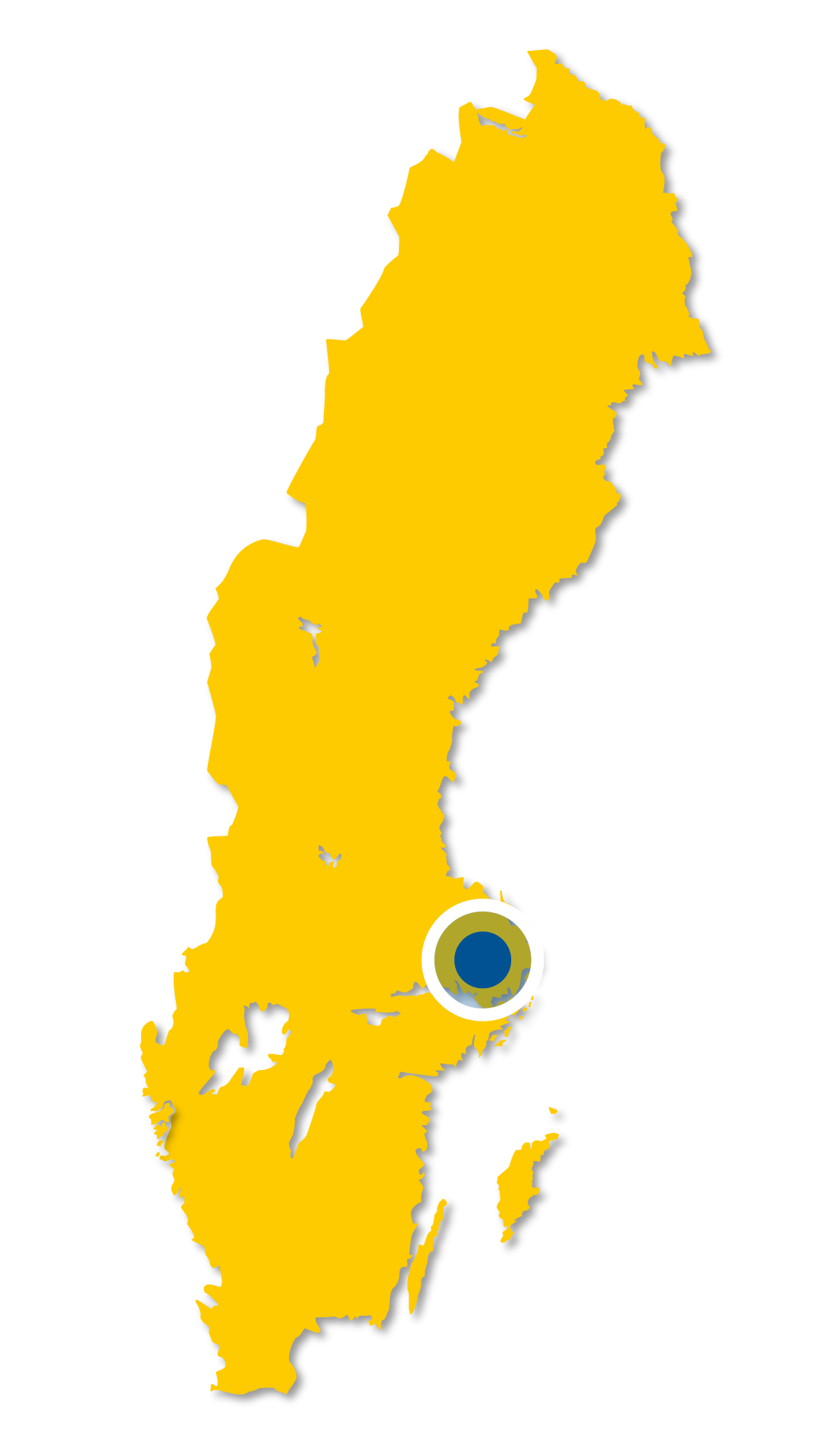

Uppsala – a historical treasure driving towards a net zero future
Uppsala, Sweden's fourth-largest city, weaves a tapestry of history and innovation. From Iron Age relics to Viking lore, its past is alive in ancient burial grounds and awe-inspiring architecture. But Uppsala isn't just about yesterday – it's a vibrant hub of sustainability and life sciences, shaping tomorrow's world.
Uppsala, the “Cambridge of Sweden,” is a vibrant university town located 35 minutes by train from Stockholm. Students from across Sweden – and the rest of the world – swell the term-time population of the city, giving it a youthful, international feel. About 20 per cent of its residents are students.
It’s easy to see why many Swedes choose to live in Uppsala and commute to Stockholm. The city is manageable in size yet has plenty to offer. Historically significant, centuries-old sights stud the townscape and its surroundings. No trip to Uppsala is complete without learning more about former resident Carl Linnaeus, one of the world’s most notable botanists and scientists. His legacy – floral and otherwise – spreads across Sweden and beyond.
Today, Uppsala is considered a key innovation city in which academia and a distinct business culture unite to create a fertile breeding ground for new ideas. The city is home to numerous life sciences and tech companies. Maria Strømme – Sweden’s youngest ever technology professor – founded nanotechnology innovation Upsalite here.
As for its green credentials, Uppsala was chosen as a European pilot city in the EU’s NetZeroCities initiative running from 2023 to 2025. The city received a 1.5 million euro grant for two projects: implementing a carbon budget and activating circular practices.
Uppsala Cathedral
The majestic Uppsala Cathedral, a resting place for Swedish royalty such as King Gustav Vasa.
Photo: Niklas Lundengård/ Destination Uppsala

Uppsala Cathedral
Photo: Niklas Lundengård/ Destination Uppsala

Shopping, Uppsala
Photo: Niklas Lundengård / Destination Uppsala

Uppsala Castle
Photo: Lisa Arnold /Nordkultur

Old Uppsala Museum
Photo: Kalbar/Destination Uppsala
Historic Uppsala – travel back in time to the Iron Age and the Viking era
Begin your journey into Uppsala's rich fabric of history at the heart of knowledge and culture, where Uppsala University stands as a beacon of learning since the 15th century. Explore the hallowed halls of Gustavianum, a museum preserving the university's legacy, before delving into the treasures of Carolina Rediviva, the esteemed library housing gems like the 6th-century Silver Bible.
From there, continue exploring the historical depths of Old Uppsala and the royal mounds steeped in Scandinavia's abundant heritage. Wander amidst centuries-old mounds and uncover the rich stories of Viking life at Gamla Uppsala Museum – a gateway to one of Sweden’s most fascinating ancient sites.
The royal mounds, veiled in enigmas, evoke whispers of ancient kings or perhaps even gods. Nearby, the Uppsala Temple hints at the city's divine past. Mentioned in an 11th-century text by Adam of Bremen, the temple is believed to have stood in the same location as the present-day Gamla Uppsala church.
For those with a thirst for Viking lore, Uppsala offers a plethora of experiences, from tracking down runestones to savouring home-brewed mead at the Odinsborg Restaurant & Café. For more activities and ideas, see Destination Uppsala’s Viking guide.
Back in the bustling city centre, iconic landmarks beckon, from the majestic Uppsala Cathedral, a resting place for Swedish royalty such as King Gustav Vasa, to the imposing Uppsala Castle and its sprawling grounds.
Botanical Garden, Uppsala
For botanists and nature lovers, Uppsala is inextricably linked with Carl Linnaeus. The Botanical Garden, located within the city, is a must-see.
Photo: Gustav Dalesjö / Destination Uppsala

Botanical Garden, Uppsala
Photo: Gustav Dalesjö / Destination Uppsala

Linnaeus’ Hammarby, Uppsala
Photo: Gustav Dalesjö/Uppsala Marknadsföring

The Linnaeus Garden, Uppsala
Photo: Gustav Dalesjö/Uppsala Marknadsföring

The Linnaeus Museum
Photo: Mikael Wallerstedt
Explore Uppsala: Embrace cycling, nature, and Linnaeus' legacy
Like many of Sweden’s cities, Uppsala is small enough to appreciate its blend of a charming, lively town with extensive nature and parks and the picturesque banks of the Fyris River, making it ideal for outdoor enthusiasts to explore – either by foot or bike.
Uppsala has been named Sweden’s most cycle-friendly city for several years in a row for good reason. Bike lanes are plentiful and well looked after, renting bikes is easy, and many trails are marked out within and beyond city limits.
For botanists and nature lovers, Uppsala is inextricably linked with Carl Linnaeus. The 18th-century botanist left his mark throughout the city in beautiful gardens, historic buildings, and excursion trails. Notably, Linnaeus’ Hammarby, located less than 15 kilometres from the town centre, boasts the most extensive collection of his plants anywhere in the world. Additionally, within the city itself, visitors can explore the Botanical Garden, the Linnaeus Garden, and the Linnaeus Museum (open May-September).
Uppsala
Whatever cuisine you’re after, from high-end eateries to cosy outdoor cafés and trendy food trucks, you’ll find it in Uppsala.
Photo: Gustav Dalesjö / Destination Uppsala

Uppsala
Photo: Gustav Dalesjö / Destination Uppsala

Villa Anna
Photo: Villa Anna
Enjoy a feast of culinary choices in the city centre and beyond
Whatever type of cuisine you’re after, from high-end eateries to cosy cafés and trendy food trucks, you’ll likely find it in Uppsala.
The restaurant at boutique hotel Villa Anna bases the menu on locally sourced ingredients for its blend of Swedish classics and Nordic cuisine. Also worth trying out are La Ruelle, a minimalistic eaterie recommended in the White Guide, and the cosy Restaurang Sverre, which uses natural ingredients based on the season.
For an authentic taste of Uppsala tradition, try a “Linnébulle”, a giant cinnamon bun – ideal for sharing. It’s a speciality at Café Linné, but you’ll find it at several other cafés around the city.
There are plenty of highly regarded Uppsala restaurants to discover further afield. For more options, check out our guide to where to eat in Uppsala.








